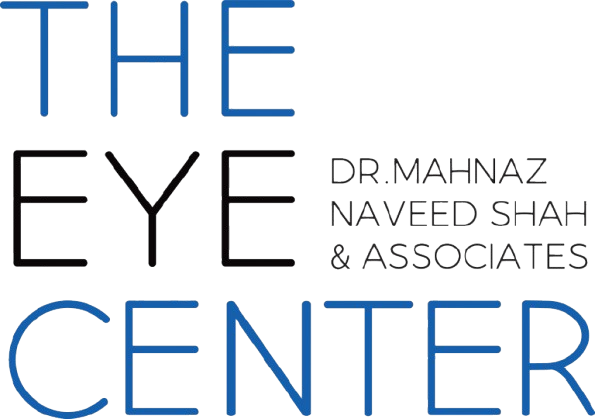Best disease, often referred to as vitelliform macular dystrophy, is a retinal condition that results in macular degeneration. The thin tissue that lines the back of the eye is called the retina. Light is converted into electrical signals by rod and cone photoreceptors in the retina, which the brain interprets as vision. Best disease is defined by a loss of central vision as well as the capacity to see colors and details, and it affects the macula, the core region of the retina.
Best disease is brought on by BEST (VMD2) gene mutations. The autosomal dominant pattern of inheritance is used to genetically transmit the condition from one family to the next. Affected individuals inherit this pattern of inheritance, which pairs one gene for Best disease with one gene for normality. There is a 50% chance that the affected parent will carry the disease-causing gene to each child when the affected individual has children with an unaffected partner.
Only healthy genes will be passed from the unaffected partner. A child who does not carry the gene for Best disease will not develop the condition and cannot subsequently transmit the condition on to their children.
Despite the fact that Bestdisease can manifest at any age, it is typically discovered in children or adolescents. Under the retinal pigment epithelium (RPE) beneath the macula, a brilliant yellow cyst (fluid-filled sac) arises in the early stages. A layer of cells called the retinal pigment epithelium RPE supports the photoreceptors.
An eye specialist examines the cyst, which has the appearance of a sunny-side-up egg. Visual acuity may continue to be normal or very close to normal for many years despite the cyst’s presence. Typically, peripheral (side) vision is un-affected.
The cyst eventually bursts in a lot of Best disease sufferers. The ruptured cyst’s fluid and yellow deposits permeated the entire macula. The macula currently resembles a scrambled egg. The macula and retinal pigment epithelium RPE start to atrophy (degenerate) when the cyst ruptures, which results in more vision loss.
The accumulation of yellow specks known as lipofuscin in retinas damaged by Best disease can also result in visual loss. Later in life, central vision in many Best disease patients declines to roughly 20/100, which means that they can see at 20 feet what, should ideally be seen at 100 feet. The illness may not usually impact both eyes symmetrically. Many people have roughly 20/40 visual acuity in the less-affected eye and yet have usable center vision in one eye.
RPE and retinal function are measured using advanced diagnostic procedures that allow retinal specialists to identify the disease and confirm the diagnosis after clinical examination.
At The Eye Center- Dr. Mahnaz Naveed Shah & Associates our team of eight ophthalmology subspecialists/ eye specialists, eye surgeons who are considered amongst the very best eye specialists in Karachi and in Pakistan, have the diagnostic and treatment capabilities to treat from the simplest to the most complex patients. We work hard to provide our patients with the best possible medical and surgical eye care, in a state of the art purpose built eye care facility. We offer the entire array of medical, laser and surgical treatments to help provide patients the best possible care in the most efficient, safe and ethical manner.
If you need an appointment, please contact us at 03041119544 during our working hours or leave us a WhatsApp message at +923028291799 and someone will connect with you. Walk-in appointments are also available for emergencies. We can also be reached through our web portal on www.surgicaleyecenter.org
